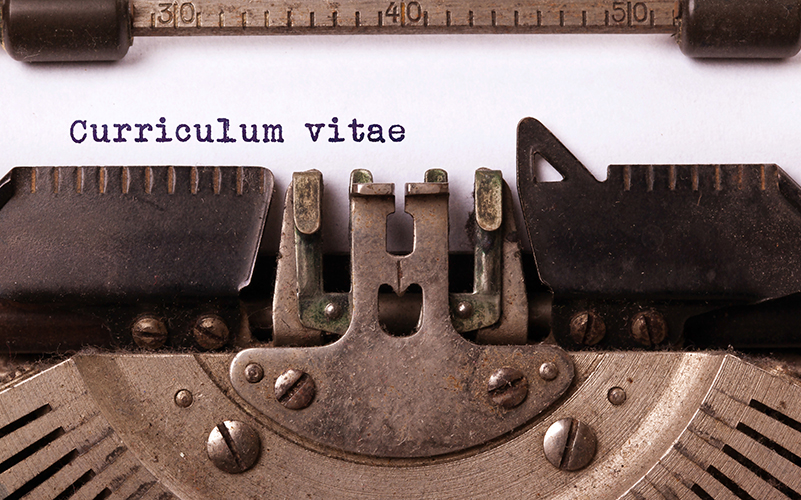
At interviews, your body language will tell the real story
There are a lot of different factors that impact the outcome of an interview; it’s not always as straightforward as simply answering all the questions correctly. According to CollegeJournal, an interview comprises 55% body language, 7% verbal communication, and 38% paralanguage or intonation. It’s clear that non-verbal communication is not just essential, but exceptionally vital to ace the process.
What is non-verbal communication? A definition from BusinessDictionary.com describes non-verbal communication as “behaviour and elements of speech aside from the words themselves that transmit meaning. Non-verbal communication includes pitch, speed, tone and volume of voice, gestures and facial expressions, body posture, stance, and proximity to the listener, eye movements and contact, and dress and appearance.”
Non-verbal communication is important in all interview settings – your team at Cruncher has put together a few tips to help you hit the right note when it comes to the non-verbal stuff. This advice holds true for both video and face-to-face meetings.
1. Attire
While it might be tempting to complete a video interview wearing a crisp white blouse and your pyjama bottoms, we recommend that you dress as you would for a face-to-face interview. Yes, your interviewer won’t know if you’re wearing trousers, a skirt or your PJs – but ‘power’ dressing will give you more confidence and the recruiter will be able to see that. A white shirt or block colour is best for a video interview. Research the company culture, and try to match the office’s dress code. It’ll show the recruiter that you spent time prepping for this interview and that you really want the job.
2. Eye contact
Eye contact can be a big indicator of confidence and self-assurance. We’re not talking about staring here, but maintaining a natural level of eye contact (which experts say is about 70% of the time). If there are two or more interviewers, share your eye contact between them so as to include everyone in the conversation. Avoid bringing anything to the interview that will distract you and break up the natural flow of eye contact. Lots of people will advise you to bring in your CV or notes or similar. At Cruncher, we don’t agree. Sure, have some of this stuff in your bag or folder, but keep them there unless a specific situation arises where you need to bring them out.
You should know your CV and have prepared enough to know the job spec, company and questions you want to ask. Having to rely on notes and fumbling aground with bits of paper won’t make you shine!
3. Posture
Good posture is important in every interview setting. Leaning back and crossing your arms and/or legs can come across as either not interested or as overly confident or arrogant. This is the case in a video interview too. Don’t complete your video interview sitting on your bed or lounging on a beanbag. Sit confidently, lean forward slightly and show the recruiter how excited you are to be a part of the process.
4. Hand gestures
Hand gestures display a certain enthusiasm and can reinforce the point you’re trying to make in a conversation. Overly dramatic gestures, however, can look forced and may shed doubt on their authenticity. Distracting hand gestures or fidgeting can be signs of nervousness and they take attention away from you and what you’re saying. If you know that you’re prone to fidgeting or large hand gestures, place your hands on your lap or the armrest of your chair. Avoid playing with your hands, hair or pen – these gestures will be distracting for your interviewer and take their focus away from all the great things you’re saying.
5. Smile
The simple smile is the greatest weapon we have in any human-to-human contact. It’s the most powerful interview tool there is so don’t forget it. Sure, interviews can be nerve-racking and you’re concentrating on showcasing the best of your experience and personality. But don’t forget that recruiters want to see the real you, not a perfect robot. Mistakes are normal, so smile and even make a funny comment if you think it’s appropriate.
Non-verbal cues help recruiters see the big picture and uncover inconsistencies or potential issues. To increase your chances of interview success, be aware of your non-verbal communication and avoid these mistakes.
Cruncher has a lot of blog posts to help you with the interview process – have a look around for the advice and guidance you need to help show your interviewer just how great you are!







